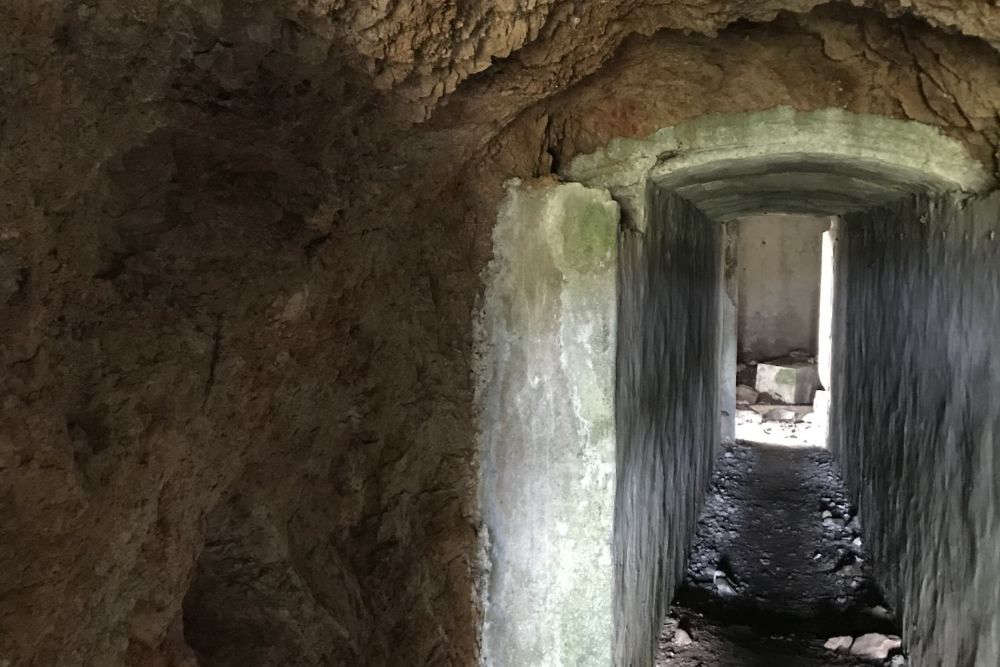
An island politician says in his opinion, the most sensitive approach would be to have Alderney granite memorial stones put up where it's known slave and forced labourers died.
Steve Roberts says opinion in Alderney is mixed on the review being carried out by academics to try to find the true number of workers who died building the Atlantic Wall defences.
In 1945, British military intelligence put the number at 389, but also recognised that it could be more.
Mr Roberts says some welcome the investigation, some think it'll be difficult to find out the true number, while others want to move on:
"Alderney is a really happy, beautiful place now, and what's gone before will never be changed. We can't change it. And if we get a number, what would we do with that number? Let's put good memorials up to these poor souls that were here.
We know where there are unmarked graves, there are some at the back of Fort Albert. Put a nice piece of Alderney granite there and chisel 'In Memory Of.' That's the greatest thing you can do really, and don't disturb them, leave them there."
The 11 experts are pulling together existing paperwork from archives across Europe and Israel. Some are transport records that show the names of those sent by rail and then boat to work in Alderney, known by the Germans as 'Adolf Island.'
 A trough at Sylt, one of the few above ground remainders of the camp.
A trough at Sylt, one of the few above ground remainders of the camp.
A website, Occupied Alderney has now gone live and as well as short biographies of some of the thousands of slave and forced labourers, it also contains wartime aerial shots of the four main work camps and other, smaller sites.
Anyone who believes they may have information is encouraged to share it with the team reviewing the evidence.


 Guernsey's Sexual Health Strategy 'refreshed'
Guernsey's Sexual Health Strategy 'refreshed'
 10 days left to register to vote in Guernsey's 2025 General Election
10 days left to register to vote in Guernsey's 2025 General Election
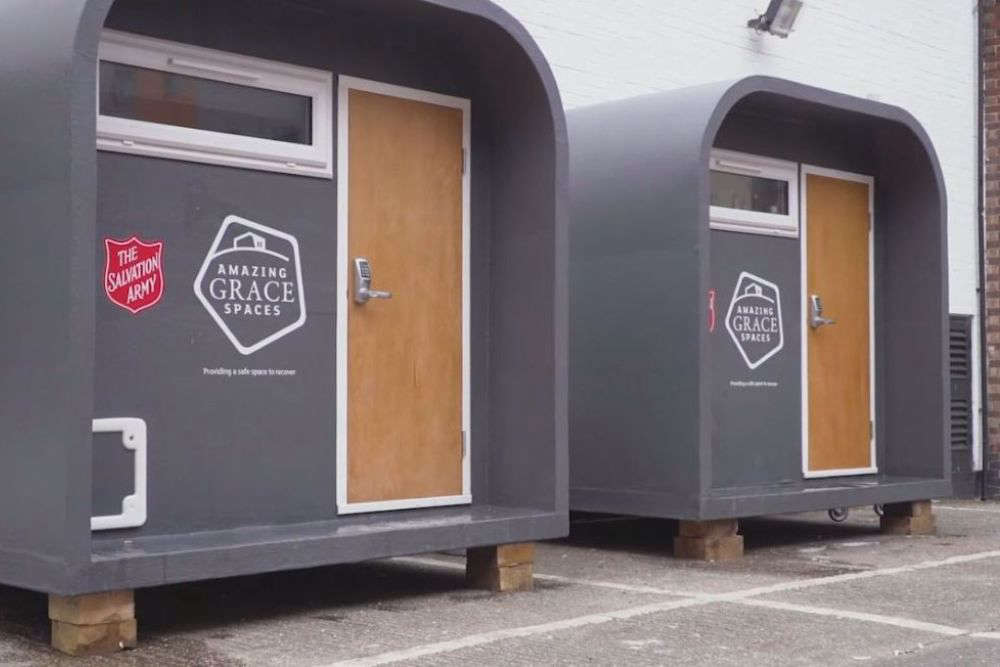 Emergency sleeper pods to help homeless in Guernsey
Emergency sleeper pods to help homeless in Guernsey
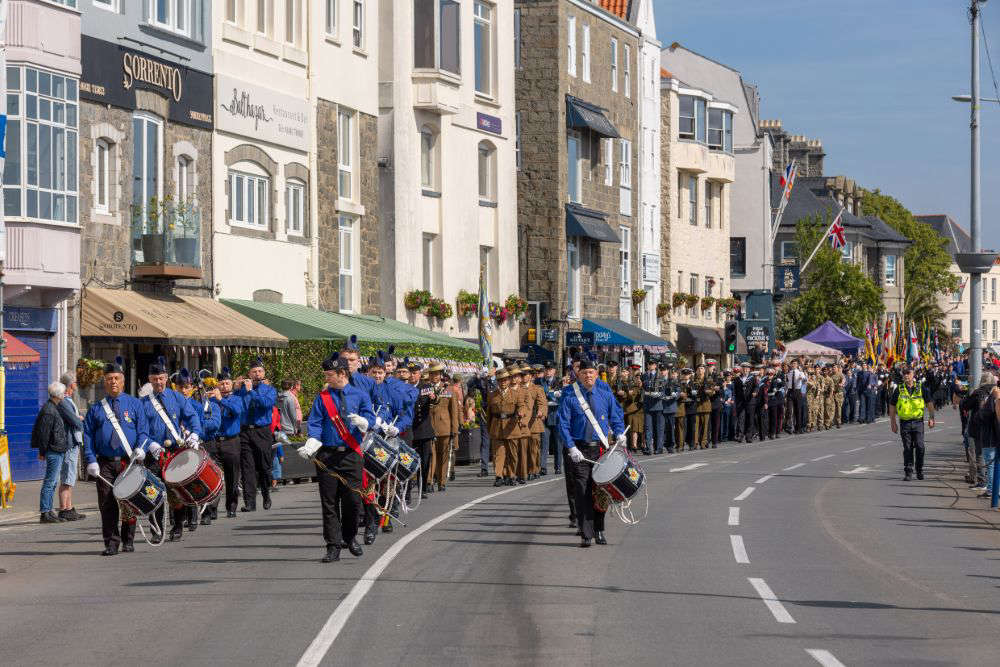 100 visiting military personnel will join Guernsey's 80th Liberation Day Parade
100 visiting military personnel will join Guernsey's 80th Liberation Day Parade
 New construction charity helps the Guernsey Counselling Service
New construction charity helps the Guernsey Counselling Service
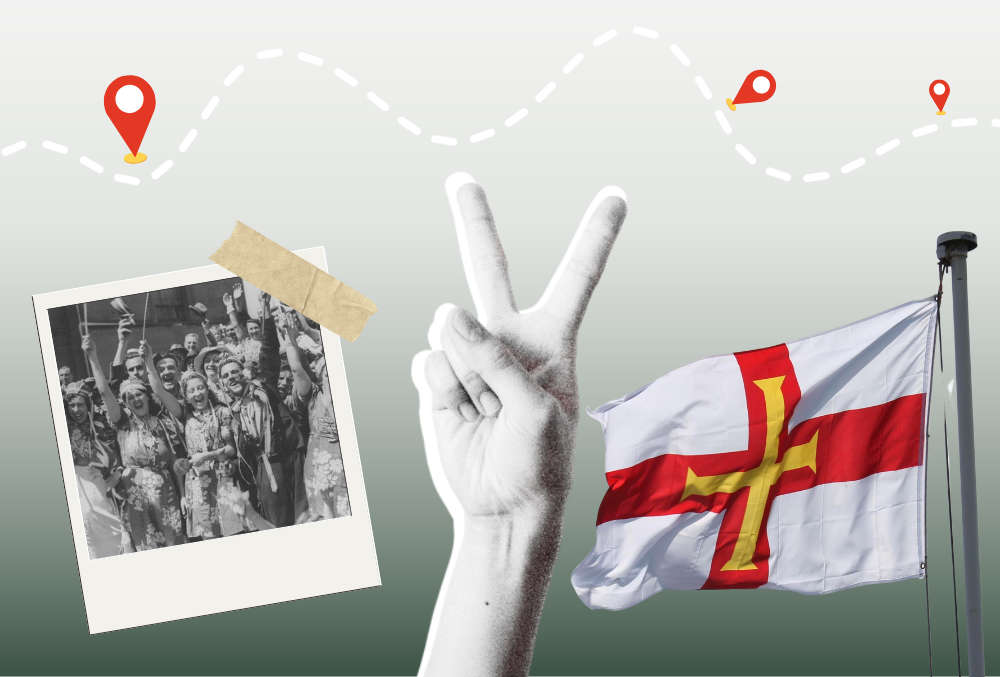 Guernsey Liberation Trail unveiled
Guernsey Liberation Trail unveiled
 Millions of Bailiwick of Guernsey historical records digitised
Millions of Bailiwick of Guernsey historical records digitised
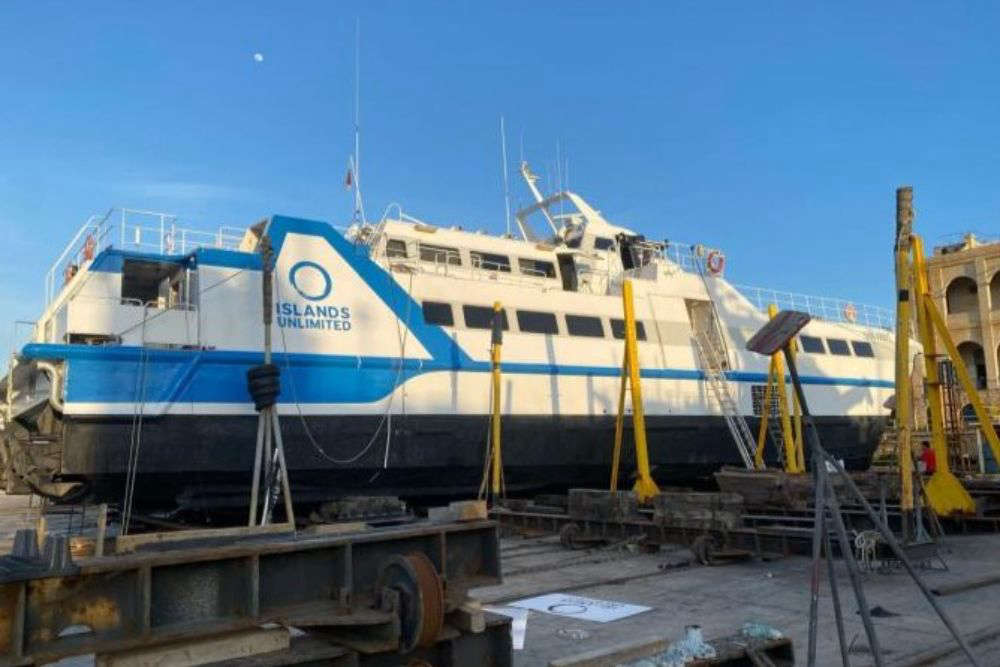 New Channel Islands catamaran tests well in choppy seas
New Channel Islands catamaran tests well in choppy seas




